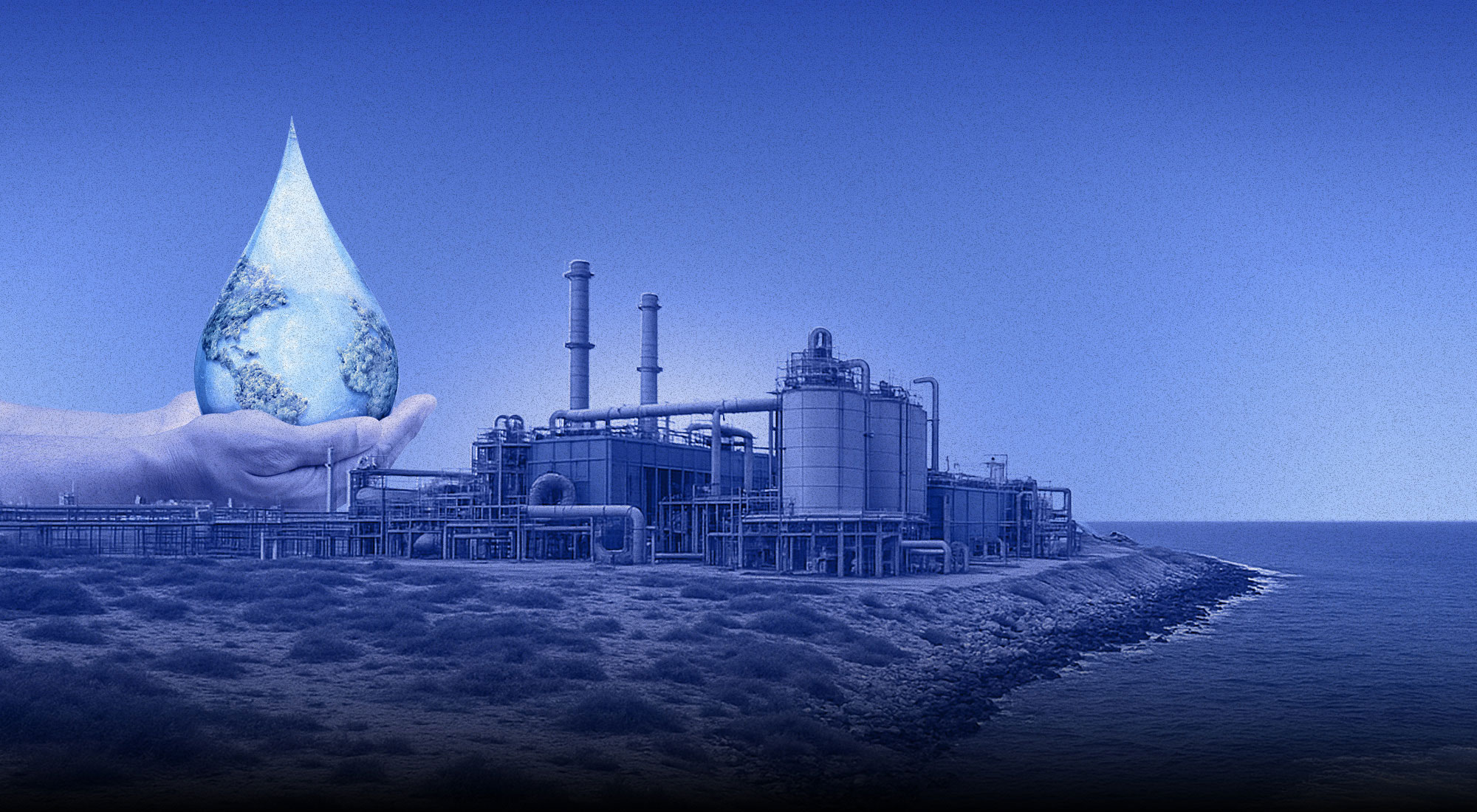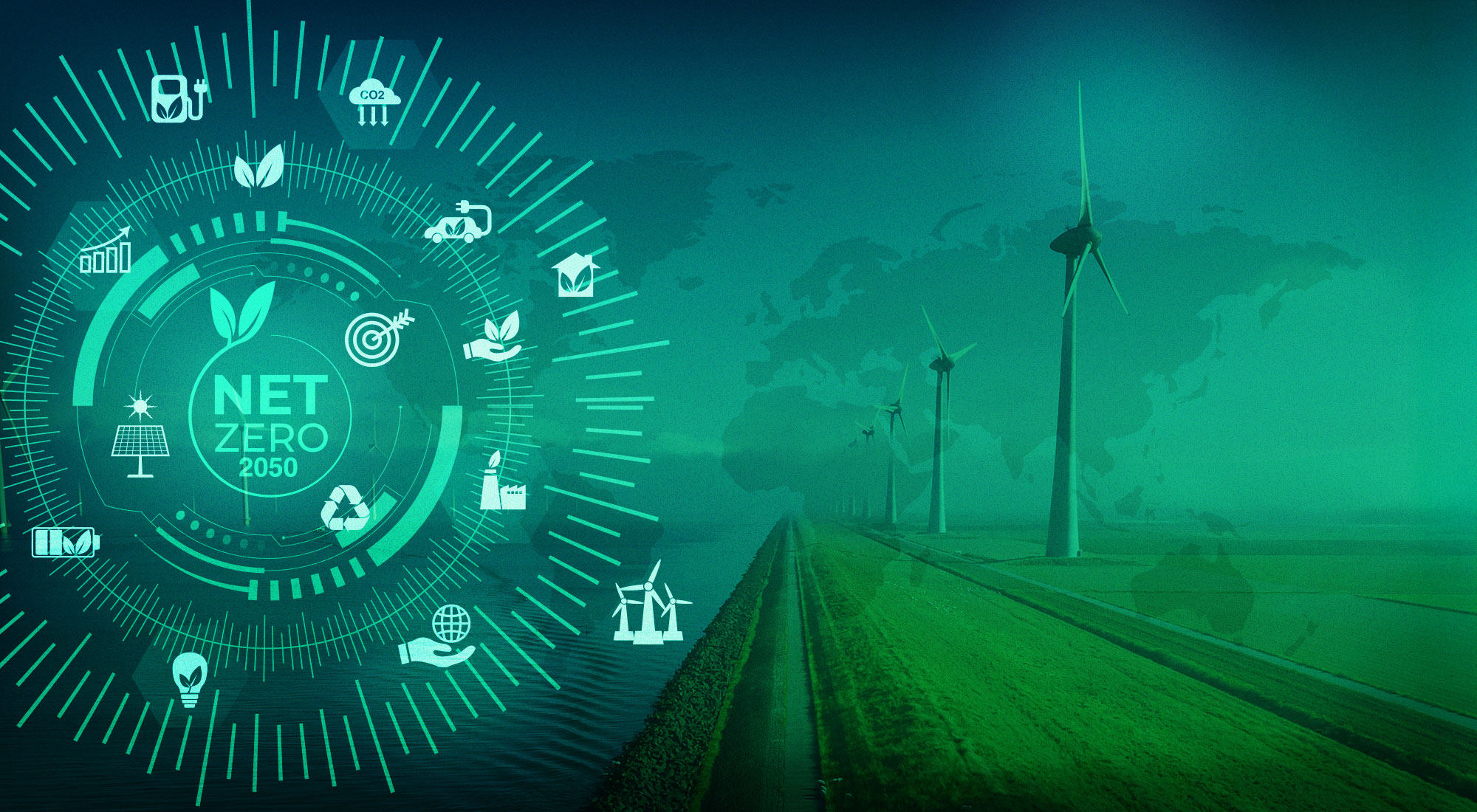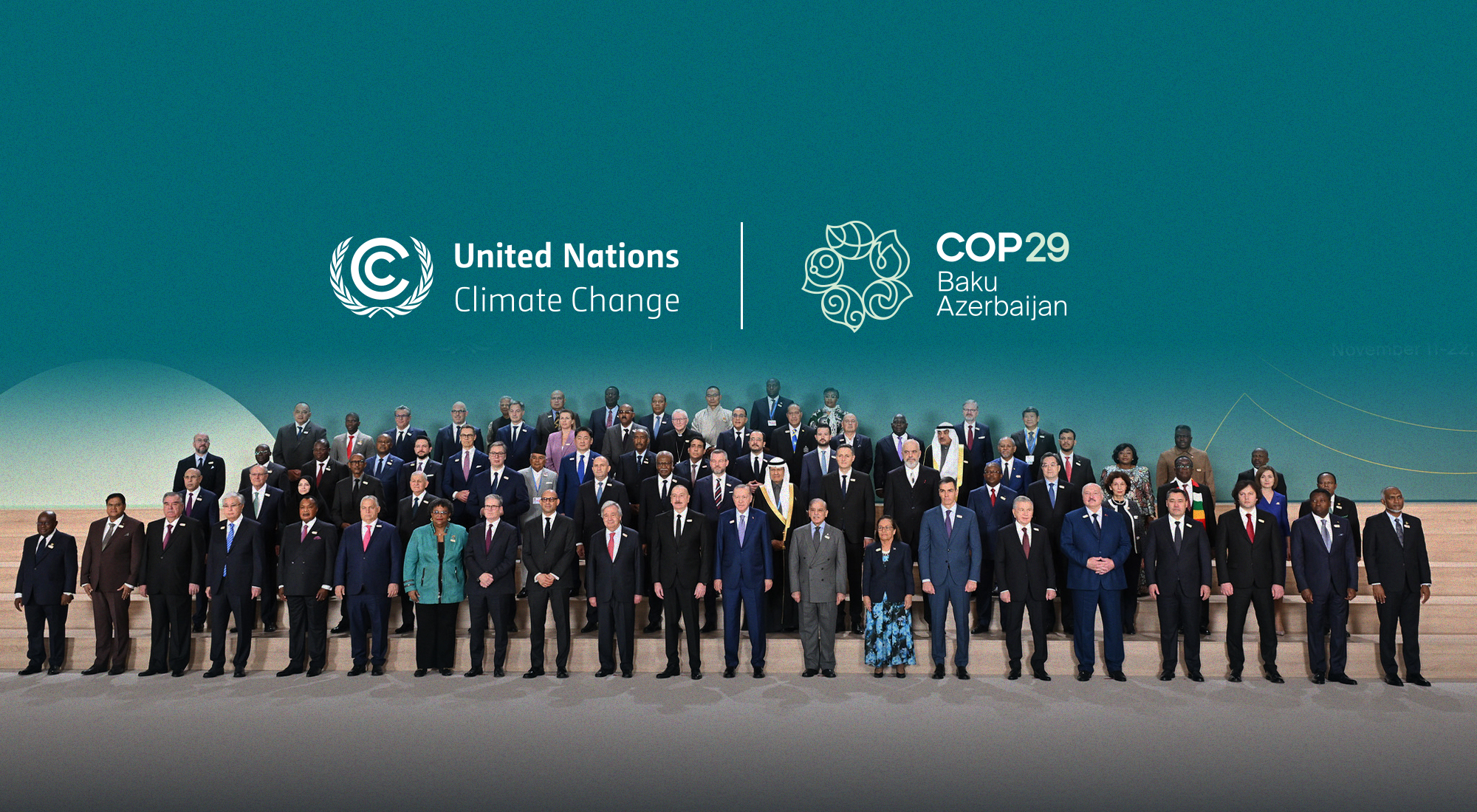Introduction
However, the mood at the COP26 meeting was quite positive with a very collegiate atmosphere. The Glasgow Pact, the agreement signed by all parties at the end of this event, was deemed a success with some new issues addressed for the first time.
This paper presents a quick review of the UNFCCC’s key milestones, discusses the outcomes of COP26 and outlines the main issues that will continue to challenge the climate goals.
1- The Kyoto Protocol and the Paris Agreement – key milestones in the fight against climate change
Seven years after the introduction of the UNFCCC, the Kyoto Protocol was adopted in 1997 but it needed to cover at least 55% of the emissions of the Annex I countries[1] and the signature of at least 55 counties to go into force. It took eight years for that to happen after Russia signed the agreement in 2005. The Kyoto Protocol was the first agreement of its kind under the UNFCCC process and had the main objective of “stabilization of greenhouse gas concentrations in the atmosphere at a level that would prevent dangerous anthropogenic interference with the climate system” through the reduction in GHG emissions. Under the terms of the protocol, Annex I countries have agreed to reduce GHG[2] emissions during the 2008-2012 period by a least 5% compared to 1990 levels. The Protocol included a flexible mechanism to allow countries to meet their target. These include reducing domestic emissions, purchase of emissions credits, supporting Joint Implementation projects in other developed countries, and supporting projects in developing countries.
Opinions differ on the degree of success of the Kyoto Protocol. Although the reduction target was met, it was only because of the reduction in emissions from Russia and Ukraine following the drop in economic activities after the fall of the former Soviet Union. Also, some experts also argue that the 2008 financial crisis contributed to the reduction in the emissions from developed countries as their emissions increased during the previous eight years. The biggest challenge the Kyoto Protocol faced was the fact the US and China, the two largest emitters of the GHG, did not ratify the treaty.
Despite the mixed results, the Kyoto Protocol opened the door for climate diplomacy and further treaties and agreements leading to the Paris Agreement in 2015.
After many COP sessions that did not achieve any major advancements in climate negotiations, The Paris Agreement, named after the city of Paris which organized COP21 in 2015, was another major milestone in the UNFCCC process. The Paris Agreement was a global legally-binding treaty on climate change to limit the increase of global average temperature “to well below 2°C above pre industrial levels and to pursue efforts to limit the temperature increase to 1.5°C.” This agreement, which in fact replaced the Kyoto Protocol, was adopted by all 196 signatories of the UNFCCC on 12 December 2015 in Paris and entered into force on 4 November 2016.
In preparation for the COP21 session, countries submitted their initial nationally determined contributions (NCDs), which represent each country’s efforts to reduce GHG emissions and mitigate the impact of climate change. These NCDs were deemed insufficient to limit the increase of global average temperature to below 2°C. Consequently, a ratchet system was built into the agreement to allow all parties to revise their NCDs and come up with more ambitious targets every five years with the first update due in 2020. Under the Paris Agreement, countries were asked to submit by 2020 long-term low greenhouse gas emission development strategies (LT-LEDS). While the LT-LEDS are not mandatory, they provide the long-term vision of these countries for reduction of GHG.
In addition to the technical aspects of GHG emissions reduction, the Paris Agreement also called for the developed countries to provide financial assistance to developing and poor countries who need large scale projects to mitigate and reduce emissions as well as adapt to the effect of climate change. The agreement also included frameworks for providing technical and capacity building support to countries who need it. One of the key features of the Paris Agreement was the inclusion of mandatory measures for the transparency of monitoring and reporting progress against each country’s NDC.
The Paris Rulebook, which details the implementation guidelines for each country’s commitment to reduce GHG, provides a plan, implement and review framework that helps countries formulate their gradually more ambitious targets.
2- The Glasgow Pact – a major step in the right direction
COP26 was supposed to be organized in Glasgow, Scotland in November 2020, five years after the adoption of the Paris Agreement. The session was postponed to October-November 2021 due to the Covid-19 pandemic travel and lockdown restrictions. Despite the year-long delay and the challenges of organizing an event during the time of Covid-19, the overall mood at the conference was positive with a collegiate environment amongst all parties. The US participation was a welcome development following the previous administration position on the climate issue and on the merits of the whole UNFCCC process. The US and China joint declaration to “to work together and with other Parties to strengthen implementation of the Paris Agreement.” This declaration was quite vague but was well received by the international community and signaled a shift in both countries’ position on the climate issue. The US and China are the two largest carbon emitting countries which are both responsible for 38 percent of the world total emissions.[3]
The timing of the COP26 session was very important to the whole UNFCCC process and the Paris Agreement ratchet system. Previously submitted NDCs were not enough to achieve the goal of keeping the global average temperature from rising by no more than 1.5°C and more ambitious targets were needed. All signatories of the Paris Agreement had to submit their revised NDCs according to the ratchet system before the original date of the Glasgow COP26. Most of the newly submitted NDCs set targets that were much improved from the previous commitments. These cover about 91 percent of global emissions and close to 72 percent of global population. Also, after completion of the Paris Rulebook, which set the rules and guidelines for implementing the Paris Agreement, the focus of the UNFCCC process has shifted from reaching an agreement to implementation of the commitments.
However, a study by the Climate Action Tracker found that even with the more ambitious targets submitted in November 2021, there is still a major ambition gap between the reduction needed to keep us on the 1.5°C path and what has been committed by all parties.[4] The Gap in GHG emissions according to the Climate Action Tracker’s calculation is about 19-23 GtCO2e[5] in 2030.
Chart 1 – Major 2030 emissions gap remains between NDCs and the 1.5°C pat

Chart 2 – Net zero target cover 90% of global emissions

COP26 recognised that countries have to submit and commit to more aggressive targets stressing the urgency of reducing emissions now and closing the gap to 2030 and beyond much faster. Countries with weak targets will have to be pressured to submit more ambitious targets ahead of the COP27 and the focus should be on faster emissions reduction to 2030. Still, there is a positive trend; at the start of the COP26 session in November 2021, 140 countries have announced or are considering some form of net-zero targets compared to 130 countries in May 2021. These 140 countries are responsible collectively for about 90 percent of global GHG emissions with the majority setting target dates around 2060 to achieve net-zero.
COP26 also stressed the importance of adaptation to climate change which should be given the same significance as reducing emissions. Another related and important issue of focus was the need for providing financial support to developing countries who need capital to mitigate and adapt to the effects of climate change.There was an overall optimism at the end of the Glasgow meetings despite the difficult last minute negotiations, especially around the language related to coal, to get a consensus on the final agreement. COP26 was able to complete several pending items from the previous COP sessions and more importantly tackle new issues for the first time. One key achievement was the finalization of the guidelines for implementation of articles 6 and 13, effectively completing the Paris Rulebook. Article 6 covers the international cooperation to reduce GHG emissions, mainly through international carbon markets and defined rules on implementation of these markets including the avoidance of double counting. This article has set the stage for the implementation of a global carbon market. Article 13 covers the rules around the transparency of reporting each country’s approach to achieving its target and progress against targets.
Fossil fuels were at the center of the debate during COP26. For the first time, a group of 30 countries and development banks committed to stop supporting and funding unabated fossil fuel projects next year. The explicit mention of fossil fuels and coal in the final text of the agreement was a departure from previous meetings. Although difficult negotiations resulted in many changes to the original text, the final agreement called for all parties to accelerate the transition “towards low-emission energy systems” through scaling up renewable energy and “accelerating the phase-down of unabated coal power and inefficient fossil fuels subsidies.” The original text of the agreement included the term “phase-out” of unabated coal power but India and China, which are the two largest coal consumers and amongst the largest producers of coal, exerted their pressure at the eleventh hour to change the language to “phase-down”. Many participants were very disappointed at this last minute change, but many stakeholders saw this as a progress and a step in the right direction as stated by Alok Sharma, Britain’s president for COP26: “There’s absolutely progress. Should we be going faster? Of course.”[7] The question of the definition of “inefficient subsidies” remains unanswered and has to be addressed in the next COP meetings.
COP26 participants also stressed the importance of increasing collective efforts to reduce methane emissions. More than 100 countries including the US, the EU and the UK, agreed to reduce their collective total methane emissions by at least 30% by 2030 from 2020 levels. These countries account for close to 50 percent of global methane emissions and collectively generate 70 percent of the global economic output. However, some of the world’s largest emitters of methane did not join the pledge including Russia, India and China. Another notable declaration was the Glasgow Leaders’ Declaration on Forests and Land Use, which included commitments by 141 countries to end deforestation by 2030 and $17 billion in investment capital.[8]
On the financing issue, the Glasgow Pact called for developed countries and other financial institutions to “accelerate the alignment of their financing activities with the goals of the Paris Agreement”. It also called for developed countries to increase their commitment to climate finance to support both adaptation and mitigation efforts in developing countries.[9]
One of the crucial issues that remains unsolved is the high cost of adaptation for countries that are vulnerable to climate change and the equally high cost of mitigation efforts in carbon-intensive countries. At the same time, the $100 billion per year pledge by rich countries to support low-income economies has not been met and remains insufficient to address the needs of these countries.
3- Major challenges continue to hamper climate change efforts
Addressing the climate change issue and supporting a just energy transition are two difficult problems to address. Reducing GHG emissions will require a global collective and multi-prong approach across all sectors and all geographies. Power generation will require a massive investment in renewable generation and storage capacity coupled with an equally massive reduction in fossil fuels power generation including natural gas and coal. The question of nuclear power generation is also a critical issue to address in order to achieve a smooth transition. The transportation sector, which is one of the sectors that contribute a large share of GHG, will require a faster adoption of electric vehicles (EV) and a large reduction in the use of internal combustion engines (ICE) for road transportation while a solution has to be developed for marine and air transportation. The industrial sector, one of the hard-to-decarbonise sectors, will need the development and scale up of high-temperature heat technologies that allow the replacement of fossil fuels use in industries such as cement, steel and metals and petrochemicals. Technology will also have to play a major role in carbon capture and removal efforts in order to bridge the emissions gap. These technologies include CCUS (carbon capture, use and sequestration), DAC (direct air capture) and other technologies. These processes will need the support of nature based solutions to carbon removal such as forestation and restoring coastal wetland amongst others. The carbon capture industry will need to grow fast to reach the scale needed to help mitigate carbon emissions for many industries with elevated emissions levels.
Hydrogen will play a big role in the efforts to reduce GHG. Green hydrogen production will have to increase many folds to help with the transition away from fossil fuels. For that to happen, costs have to go down to make the production of green hydrogen economical but most importantly the whole supply chain of this new industry has to be developed and adapted to the energy needs driven by the transition.
A critical issue to address is making sure no one is left behind in the transition efforts. Millions of people in poor countries do not have access to basic energy needs and their governments do not have the financial and technical means to build energy infrastructure. New models have to be envisioned with financial backing from rich countries in order to solve this problem and achieve a just transition. What is certain is that addressing the problems created by climate change and the energy transition present a big challenge but also a huge financial opportunity that will bring about economic prosperity to the countries that are smart about their choices.
Conclusion
Despite the success of the Glasgow Pact in including language specific to fossil fuels and coal, stressing the need for more support for climate change adaptation efforts, the inclusion of a faster ratchet calling for all parties to submit their improved 2030 targets in 2022, and the many side declarations that cover many topics, COP26 and UNFCCC process has not yet addressed the financing issue and the support low-income countries need to adapt and mitigate the effects of climate change. Developed countries have yet to meet their commitment under the $100 billion a year pledge, which is insufficient to meet the needs of low-income countries and ensure a just and fair transition for all.
Also, the whole UNFCCC process has to stress the need for more coordination of the efforts to reduce GHG at the global levels. So far, successive COP sessions have focused on individual country’s pledges and implementation strategies, while addressing this global issue needs a coordination and synchronization of efforts at the global level.
References
[1] Annex I countries were members of the OECD in 1992 and countries with economies in transition which include Russia, the Baltic States and several Eastern and Central European countries
[2] GHG under the Kyoto Protocol include carbon dioxide, methane, nitrous oxide, hydrofluorocarbons, perfluorocarbons, and sulphur hexafluoride
[3] Union of Concerned Scientists, Each Country’s Share of CO2 Emissions, https://www.ucsusa.org/resources/each-countrys-share-co2-emissions, accessed on 15 Feb 2022.
[4] CAT Emissions GAP, Climate Action Tracker, https://climateactiontracker.org/global/cat-emissions-gaps/, accessed on 15 February 2022.
[5] Gigaton of Carbon Dioxide equivalent.
[6] Climate Action Tracker, CAT net zero target evaluations, https://climateactiontracker.org/global/cat-net-zero-target-evaluations/
[7] CNBC, “China and India will have to explain themselves on coal, COP26 president says”, https://www.cnbc.com/2021/11/14/china-india-will-have-to-explain-themselves-on-coal-cop26-president.html, 14 November 2021
[8] UN Climate Change Conference UK 2021, Glasgow Leaders’ Declaration on Forest and Land Use, https://ukcop26.org/glasgow-leaders-declaration-on-forests-and-land-use/, 02 November 2021
[9] The Washington Post, “The Glasgow climate pact, annotated”, https://www.washingtonpost.com/climate-environment/interactive/2021/glasgow-climate-pact-full-text-cop26/, 13 November 2021.








